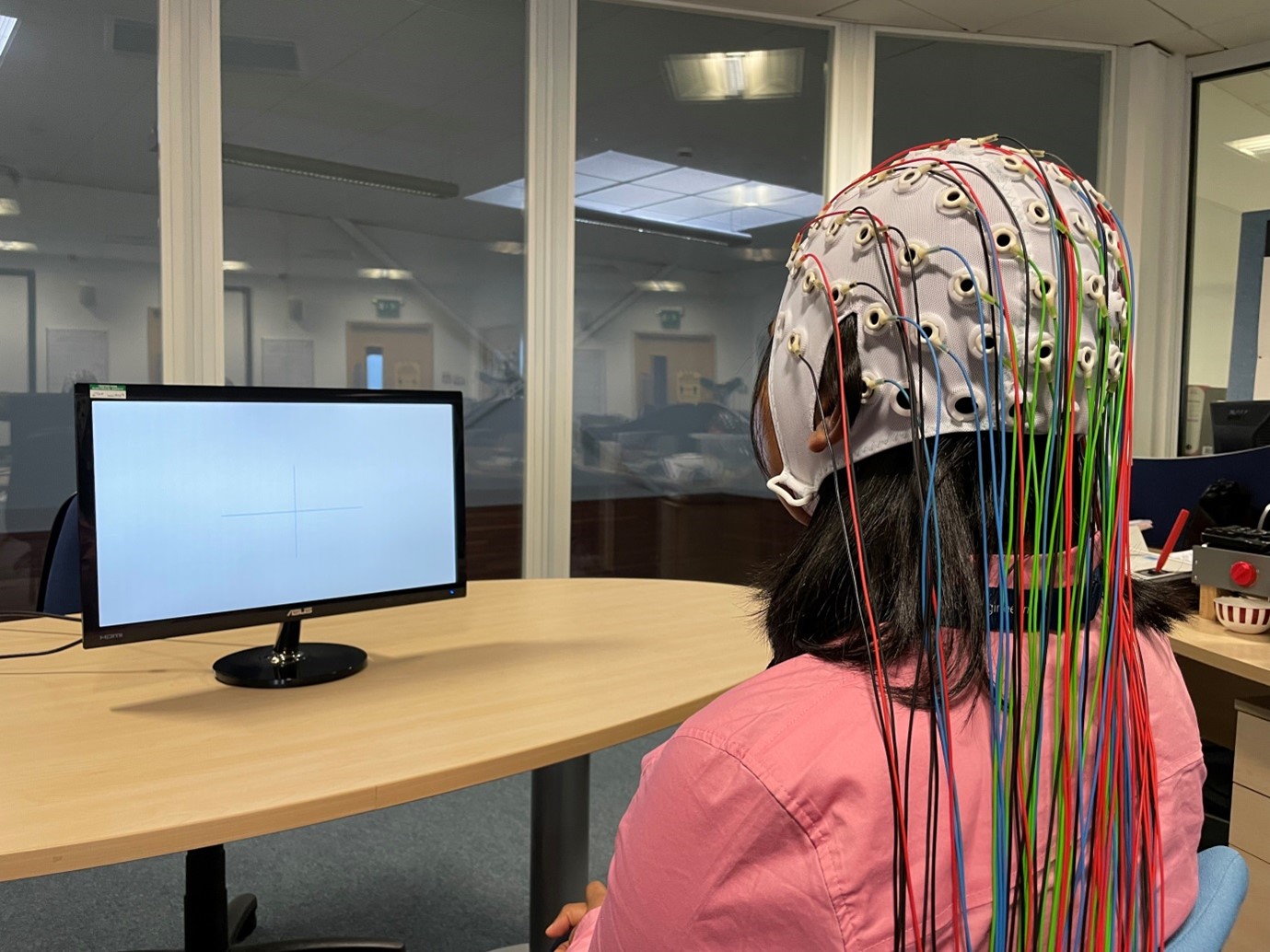Electroencephalograph predictors of central neuropathic pain in subacute spinal cord injury
Central neuropathic pain (CNP) affects 7% of the general population and more than 50% of people with spinal cord injury (SCI). Based at the University of Glasgow, this research proposes to define how the brain activity of people with SCI related CNP evolves over time, starting before the onset of its physical symptoms. Using electroencephalograph (EEG) recordings, early markers of CNP can be used to identify the risk of each newly injured patient developing pain. The hope is that this can aid the design of future preventative treatments and therapies.
The investigative team has already shown that multichannel EEG classification can predict the risk of pain with an average accuracy of 86%. As a result, this project aims to validate the EEG classifier and to optimize its performance. The ultimate goal is to have a pain predictor based on a minimum number of EEG channels, from key areas of the scalp, that could be used easily in a clinical environment. In addition, a longitudinal study hopes to reveal how spontaneous and evoked EEG markers evolve during the transition from subacute to chronic SCI related CNP, therefore helping to improve our understanding of its mechanisms.
In order to do this the brain activity is recorded, using EEG, of recently injured participants and the session is repeated 6 months later - the rationale being that around half will develop pain within this time. Participants eligible to take part in the research must meet the following criteria:
- 18-80 years old
- Subacute spinal cord injury (within 6 months post injury)
- Level of injury, C3-T12
- ASIA A, B, C or D
- Participants with and without CNP can take part
This is a collaborative research project with Buckinghamshire NHS Healthcare Trust and so recruitment takes place at both the Queen Elizabeth National Spinal Injuries Unit (QENSIU) and the National Spinal Injuries Centre, Stoke Mandeville Hospital.

Research Team:
Funding:
Spinal Research
Inspire Foundation and Stoke Mandeville Spinal Research

